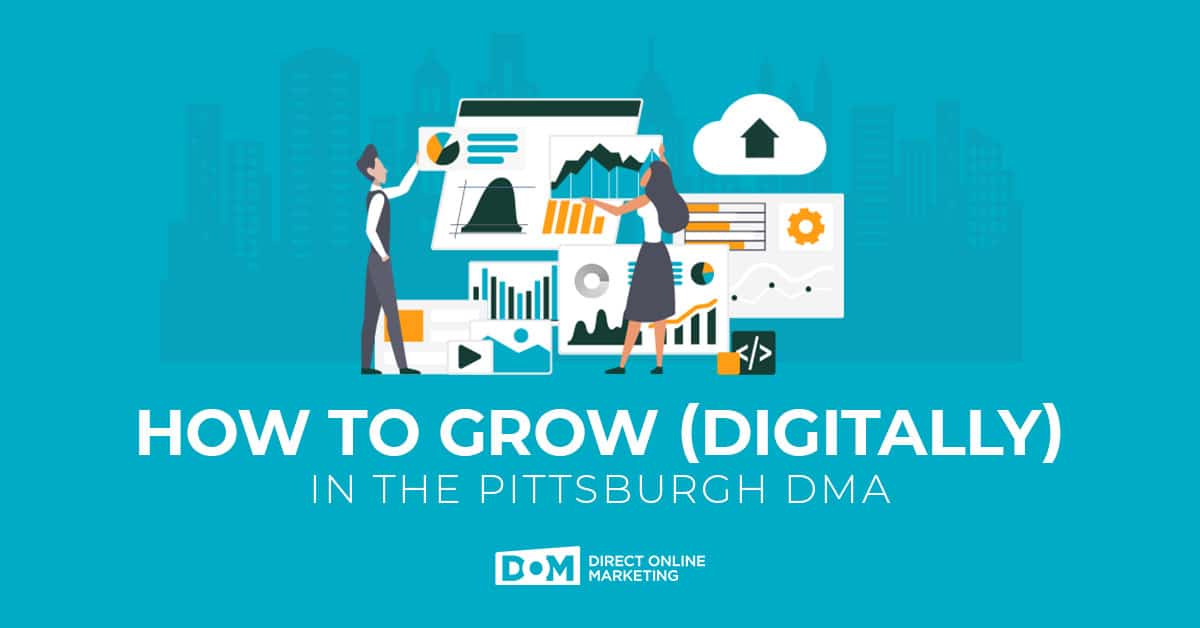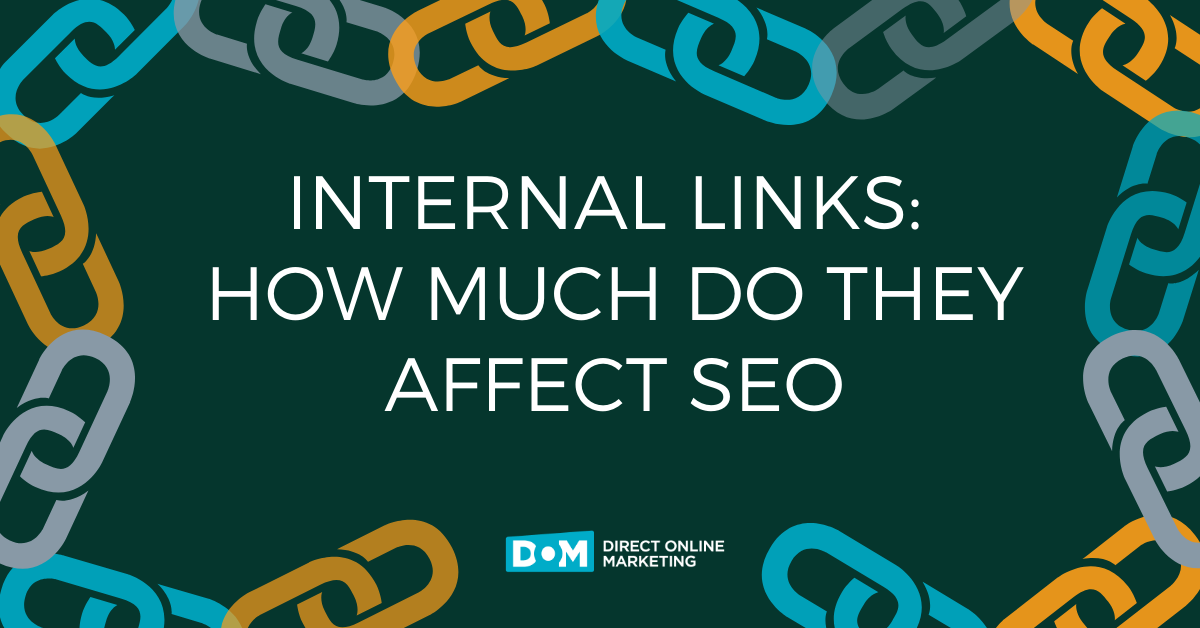
Ah, Pittsburgh. You probably already know a thing or two about our city (and the surrounding Pittsburgh DMA), and both of them are likely related to sports. Art fans, movie buffs, foodies all have different reasons to hear about us, too, but you can go to other websites for those things.
If you’re interested in getting a better understanding of the digital marketing landscape in Pittsburgh, you’ve come to the right place. Learn everything you need to know about the Pittsburgh DMA, plus a thing or two about what we’ve learned about growing your digital presence in the biggest city in the Ohio Valley (or the Paris of Appalachia).
What is the Pittsburgh Media Market?
Media markets – or Designated Market Areas (DMAs) – as we know them are largely defined by Nielsen, the company you might also know as the ratings folks. They are a marketing measurement firm that keeps track of consumer behaviors for the benefit of advertisers, media creators, broadcasters, radio stations, etc. Their defined media markets are the industry standard whenever we talk about, say, the Pittsburgh Media Market.
Mini FAQ: The Pittsburgh DMA
Data sources: Nielsen Insights, US Census Bureau QuickFacts
How Many People Are in the Pittsburgh DMA?
According to numbers provided in the 2020 Census for the counties included in the Pittsburgh DMA, the estimated population is 2.85 million people.
When Nielsen measures the population of the Pittsburgh DMA, they do not measure the population by people. Instead, they measure the number of homes. Based on data from Nielsen, Pittsburgh has about 1,166,130 homes, ranking it 26th out of their 210 defined media markets.
Which Counties Are in the Pittsburgh DMA?
There are 16 counties in total in the Pittsburgh DMA – 13 in Pennsylvania, 2 in West Virginia, and 1 in Maryland. That three state surface area covers 10,083 square miles (or, for those of you outside of the USA – 26,110 km). Other definitions of the “Pittsburgh region” extend into Ohio border counties with some sources including several Ohio counties and as far south & west as the Kentucky border and north into the extreme southwest of New York State.
Want A Map of the Pittsburgh DMA?
Grab A PDF For Your Cork Board Here.
The counties included, in alphabetical order, by state, are listed below.
- Pennsylvania
- Allegheny
- Armstrong
- Beaver
- Butler
- Clarion
- Fayette
- Forest
- Greene
- Indiana
- Lawrence
- Venango
- Washington
- Westmoreland
- West Virginia
- Monongalia
- Preston
- Maryland
- Garrett
Sure, there are other definitions of the “Pittsburgh region” that extend it into Ohio and Kentucky, or even parts of New York State. But just because these parts of the country call carbonated beverages “pop” doesn’t mean they qualify as being part of the Pittsburgh DMA. When most business professionals reference this DMA, they’re talking about the 16 county, 10,000+ square mile area we documented above.
SEO and Digital Advertising Tactics to Grow Confidently in Pittsburgh
Google Business Listing with a Defined Service Area (and Local SEO)
Formerly called Google My Business (GMB), a Google Business Listing lets you access a heaping helping
of tools that firmly establish and enhance your business’s representation on Google’s many properties. Claiming your Business Listing is just the first step–then you get to optimize it for maximum utility.
As part of the GMB claiming process, you will want to set your defined service area. As you move forward with Google Business Profile optimization, this is going to be done by naming your locations, not by setting a service area by drive distance radius.
Check out our Guide to Local SEO in 2022 for more details.
Location Web Page with Location Schema
Do you have a page on your website about Pittsburgh? If not, you should (if you want to do more business in Pittsburgh). Once you do have one, you need to optimize it.
How do you optimize it? Glad you asked. There are three steps you should follow:
Step 1: Use Structured Data
As SEO professionals, we’re bully for schema codes and structured data on websites. Google likes it, too, which is nice. And no wonder Google likes structured data: it’s a clear, concise way to tell web browsers and search engines exactly what kind of page it is.
By using the Location Schema code somewhere on your page, you can tell Google that your page is in Pittsburgh, and is relevant to people looking for businesses like yours in the region. Fun fact: it doesn’t matter where on the page that Location Schema goes, although you will typically find it inserted in the header of a page or between your <body> tags. This can also be done without being a developer if you have a plugin in a CMS like WordPress.
Check out our guide on event SEO if you want to learn more about successfully using structured data.
Step 2: Give it a Pittsburgh URL
Another thing Google likes is a clear URL structure. One of the best things you can do to hammer home that your page is in Pittsburgh is by adding “pittsburgh-pa” in the URL (or slug, as WordPress calls it).
Step 3: Mention Pittsburgh on the Page and in the Meta Descriptions
While we’re on the subject of clear and concise, let’s go over one of the best ways to communicate where your business is: by saying “we’re in Pittsburgh” with the copy you write for your Pittsburgh page.
You don’t have to write about french fries on salads or pierogies, but you should mention the city in a few key areas:
- the meta description
- the alt tags of your images
- the first paragraph
- the subheadings
- and a few times in the page copy itself
As with any keyword, don’t overdo it.
Find Out the Top Search Queries in Pittsburgh Over the Last 12 Months
See the Top Search Queries in Pittsburgh Here
Geotargeting Your Search Ads (NOT Geofencing)
Geotargeting your ads is one way to get the most digital advertising benefit from the physical location of your business without wasting money by spending on impressions or clicks that you won’t be able to serve.
If you want to target people with your ads in a designated area (say, the Pittsburgh DMA) then geotargeting is the most effective method for reaching the right people. If your service area is limited geographically, then your ads should be limited geographically, too. Facebook calls this “Location Targeting,” and other platforms may call it something else, but in today’s digital landscape every major ad platform supports some form of geotargeting.
Geofencing your ads is different than geotargeting your ads. How so? Because unlike geotargeting which allows your advertising to cover an entire service area, geofencing is meant to be used only when you want your ads to be placed around a specific business or location.
Geotargeting vs Geofencing: Why You Should (Almost) Always Choose Geotargeting
Here’s a quick example to illustrate when a regional bank may want to decide to use geotargeting or geofencing to promote its products and services:
- Geotargeting: when targeting residents of the Pittsburgh DMA regardless of where they bank
- Geofencing: when targeting residents of the Pittsburgh DMA to show compare their rates to PNC
The thing that makes geofencing so attractive as a mobile marketing strategy is the fact that you can target a customized message to a potential customer at a specific place at a very specific time. Alternatively, there are a lot of factors that can cause geofencing to be a bad use of your ad spend, including:
- Location accuracy
- Reliance on beacon technology
- Dependence on your target customers having bluetooth and GPS enabled
- Inability to have your audience see your ads in their moment of need
Despite its popularity as a marketing buzzword, geofencing often doesn’t make sense for a better targeted digital ad campaign. Instead, you will find it more effective to use behavior data from search engines or social networks with a layer of geotargeting for best results.
A Bank Rebranded.
See How We Helped Them Double Conversions.
There you have it, a whole guide to how you can make your location work for you, and how you can firmly establish yourself as a Pittsburgh-based business (and we only said “yinz” once!). You can read more about how to get local with digital marketing by reading some of these other blogs on DOM’s Pittsburgh Marketing Agency website:


